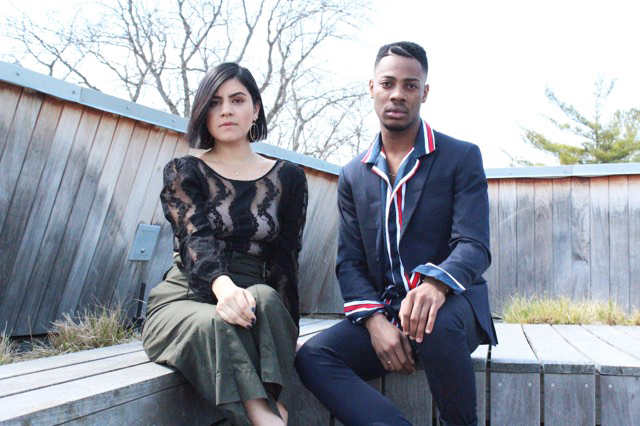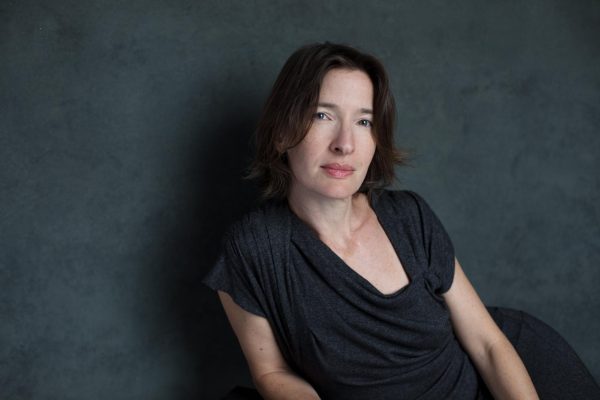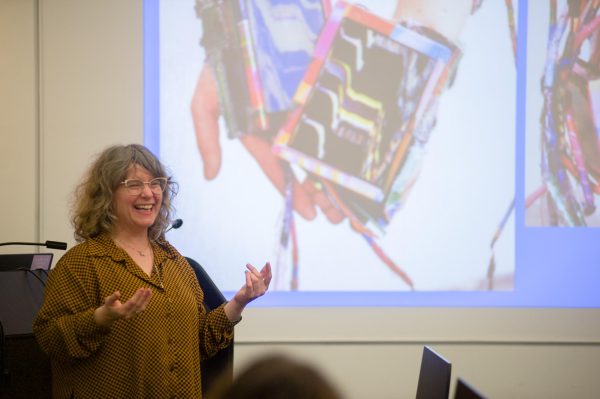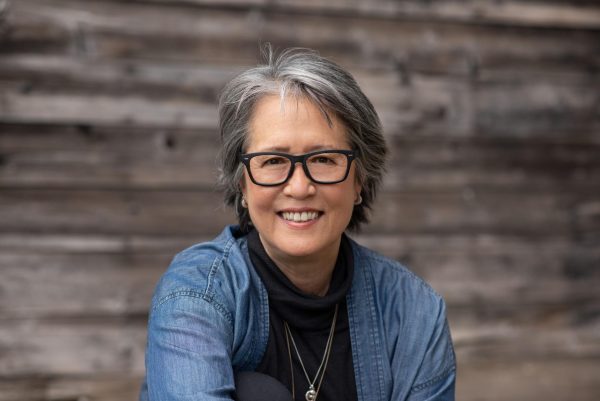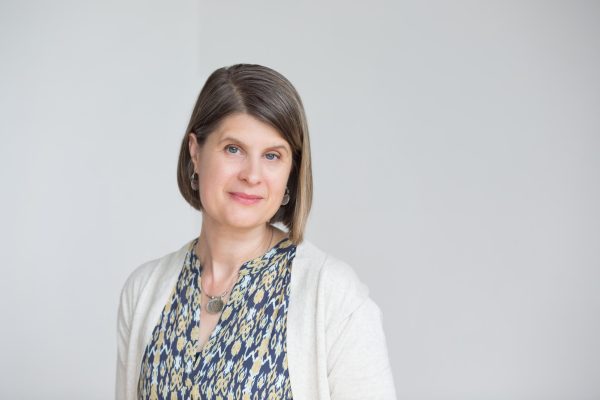Seyquan Mack and Gabriela Linares on Bomba and Plena
Photo Courtesy of Seyquan Mack
Gabriela Linares and Seyquan Mack.
Double-degree fourth-year Seyquan Mack is the Chair of the Oberlin College Black Musicians Guild, and Conservatory fourth-year Gabriela Linares is the founder and president of the Oberlin College Latinx Music Union. In honor of Black History Month the Latinx Music Union, the Black Musicians Guild, and the Oberlin Jazz Society are bringing the world-renowned Afro-Puerto Rican dance group Instituto Folclórico Puertorriqueño Rafael Cepeda Atiles to Oberlin for a performance in Bomba and Plena tomorrow and a workshop on Sunday. Instituto Folclórico Puertorriqueño Rafael Cepeda Atiles will be performing on Saturday, Feb. 8 at 7:30 p.m. in Finney Chapel, followed by a limited-space workshop on Sunday, Feb. 9 from 11:00 a.m. – 12:30 p.m. Both events are free for all to attend.
This interview has been edited for length and clarity.
Can you tell me a little about yourself and about the group you’re representing here?
Sequan Mack: I’m Seyquan, I use he/him pronouns, and I’m a fourth-year Vocal Performance major with a double-degree in Politics. I’m the Chairman of Oberlin College Black Musicians Guild. My duty, and more generally, my organization’s duty, is to create awareness about African-American musicians that are out there in the world and succeeding in their fields. It doesn’t have to be a classical voice or classical instruments — we’re just trying [to pay attention] to African Americans doing music and trying to better the world by creating more awareness around our [art and music].
What’s been the most memorable performance thus far?
SM: I think the Callie Day performance that we did. That was last spring, also during Black History Month. Callie Day had gone viral singing this one really spiritual piece, and a lot of people knew her from that. So she came here, and she gave a recital where she performed some of her own songs as well as some spiritual pieces from before her time. That was really lovely.
Gaby, can you tell me a little about yourself and the group you represent?
Gabriela Linares: My name is Gabriella Linares. I am the president of The Latinx Music Union. We’ve only been active for two semesters, and our goal is to promote Latinx culture and art on campus. We started off as just a little band, and then we started making [noches de azucar, “nights of sugar”]. This name comes from Celia Cruz. She’s one very strong female musician and an important figure for Latinx identifying people, in the States and just all around the Caribbean, Central America, everywhere. So we took this name Azucar from her because that was just a word she used all the time and at concerts. After that, we started having monthly jam sessions where people who are interested in Latinx music would come and talk about different pieces they would want to perform just to expand the repertoire performed in the Conservatory.
Do you think the Conservatory provides the space for this?
GL: The Conservatory is very Western-focused. But there’s so many Latinx people in the United States, and it’s not talked about at all in conservatories. Even Western music takes Latinx beats and things, and it’s still not talked about even though that was taken from our culture. So we’re just trying to make people aware of these things.
Can you talk a little bit about the performer you’re bringing to campus this weekend, Instituto Folclórico Puertorriqueño Rafael Cepeda Atiles?
GL: So Rafael Cepeda is basically the father of this genre of Bomba and Plena — for our generation at least. The genre was dormant for a long time, and not a lot of people were dancing these dances. And then the Cepeda family came in and was responsible for bringing this art back to the people. His son [set out] to make a school and start teaching people. So they got trained as teachers, and his son actually got a Ph.D. and started just teaching for free all over. He wanted people to know what their roots are. And it got so big and people were so invested in it that they started the school in his father’s house.
How were you introduced to them?
GL: I actually studied with Cepeda’s grandson in Puerto Rico, and it reminded me of how important the family is and everybody knows them, so I [brought] the whole organization there and everyone was so impacted. People were crying [because of] the power and beauty of this art. So we were like, “We have to do something, we have to bring more artists like this to campus because it’s important for people to connect and to see the diaspora.” And Puerto Rico is such a small island, but it’s part of the United States, and people don’t know much about it. And it’s sad because sometimes we just disappear from the atmosphere. I just wish there were more awareness.
What do you think is particularly special about this show for Oberlin students?
SM: I think that this is going to be something like nothing else. I don’t think in Oberlin’s history, especially with student organizations, that we’ve ever brought a group from an island during Black History Month. And especially not with so many people being brought in. I think this is going to be an opportunity for people to see authenticity at its finest. I feel like at Oberlin, a lot of us know what authenticity is, and we know what raw talent is and what that looks like, but I feel like a lot of us don’t experience it because of this society and because of the environment that we’re put in. So I think this will be great for that.
GL: What’s remarkable is that the Latinx community and the African American community on campus don’t collaborate much. The diaspora is so big, and it’s a narrative that is not talked about a lot. And it’s important to see how the culture is so rich and how it has traveled everywhere. We have things in common, and we can build a stronger community in Oberlin by collaborating, but I’ve never seen organizations collaborate like this. So I think it’s something very special to bring those communities together.


